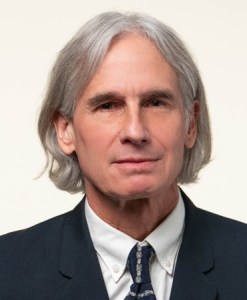This paper develops a production-based asset pricing model with two types of agents and concentrated ownership of physical capital. A temporary but persistent “distribution shock” causes the income share of capital owners to fluctuate in a procyclical manner, consistent with U.S. data. The concentrated ownership model significantly magnifies the equity risk premium relative to a representative-agent model because the capital owners’ consumption is more-strongly linked to volatile dividends from equity. With a steady-state risk aversion coefficient around 4, the model delivers an unlevered equity premium of 3.9% relative to short-term bonds and a premium of 1.2% relative to long-term bonds.
About the Author
Kevin Lansing is a senior research advisor in the Economic Research Department of the Federal Reserve Bank of San Francisco. Learn more about Kevin Lansing
